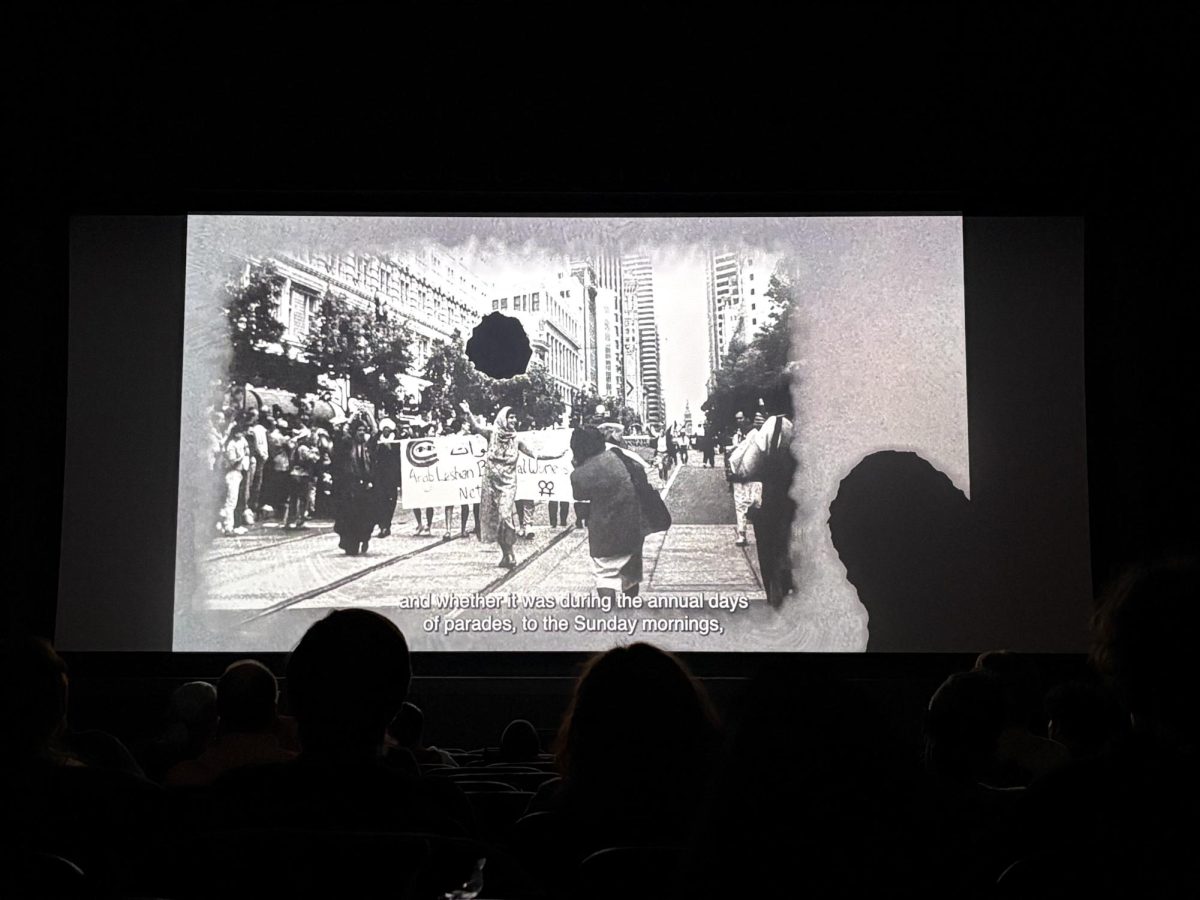Dear Science
April 12, 2013
Is it true that hair is just dead cells?
Almost, but not quite. Hair is mostly com- posed of a protein called keratin. Each strand of hair grows out of a follicle in your scalp, and the shape of that follicle determines how straight or curly your hair is, not unlike a frosting tip! The outside layer, or the cortex, contains an ad- ditional protein called melanin which colors the fiber based on the number, distribution and types of melanin particles. The hair you see is in fact made up of dead cells because of hair’s bio-chemical inactivity. However, the part of your hair growing in the follicle, essentially the root, is composed of living cells which produce the hair you see, or the shaft. Contrary to popular belief, your hair (and nails, for that matter) do not continue to grow after death. Post mortem, skin contracts around your follicles, and creates the illusion that hair and nails have been growing all along.
I’m hairy high and low. Don’t ask me why — don’t know.
Except now you sort of do.
How is this weather possible? Lightning, but no thunder? Thunder, no rain?
Storms are caused by differences in the air — differences in temperature and differences in pressure — and the bigger those differences are, the more severe the resulting storms are. Air is constantly moving (which is a funny way of saying that wind exists) because of temperature gradients in the air that naturally occur as air closer to the ground heats, and thus rises. Especially in regions near the ocean, hot air is also laden with moisture, and that hot, moist air cools drastically as it rises, eventually condensing into clouds — transforming from a gas to a liquid. The faster and faster this air rises, the faster it cools and condenses, and the heavier rainfall we get as those masses of cold air drop. Storms are the cycling of these updrafts and downdrafts. But these air masses aren’t just casually passing each other in separate lanes; air masses are hitting each other left and right, causing electrical disturbances in the atmosphere that will cause thunder and lightning. Electrons are sheared off of the ascending particles (updraft) and collect on the descending particles (downdraft). Because electrons carry a negative charge, the result is a storm cloud with a negatively charged base and a positively charged top.
First, lightning. Lightning can move within a cloud, between clouds or between a cloud and the ground, and heats the air around it rapidly to a toasty 50,000 degrees Fahrenheit. One of the most common types of lightning is cloud-to-ground lightning, which occurs between the negatively-charged bottom portion of a cloud and positively-charged structures on the ground, like a pole. A negatively-charged force forms near the cloud base and surges downward toward the ground. As this approaches the ground, streamers of positive charge move upward from trees, buildings, and other objects on the ground to meet the negative charge. When the opposite charges meet, a surge of electrical current moves from the ground to the cloud causing the visible return stroke that we call lightning. However, the lightning you’re asking about is something called positive lightning, and it comes from the positively charged upper levels of a storm and the negatively-charged area surrounding the storm. These can develop considerably larger levels of charge and strike miles from the cloud it originated from, in seemingly clear skies — out of the blue, so to speak.
And thunder? You could say thunder is the sound lightning makes. Electricity passes through the air and gets it vibrating. These vibrations cause sound — enormous booms of thunder. The hot air around the lightning expands and the air particles push apart from each other (high temperature equals high pressure), resulting in rumbling from the vibrations of the air bouncing off the ground and clouds. Since light travels faster than sound, it’s possible you could see a bolt of lightning and not hear its associated thunder because it’s too far away.
A fun trick if you didn’t learn it in kindergarten — count the number of seconds between a flash of lightning and the thunder, and you can figure out how far away the storm is since it takes thunder five seconds to travel one mile. Plug and chug, friends.





















